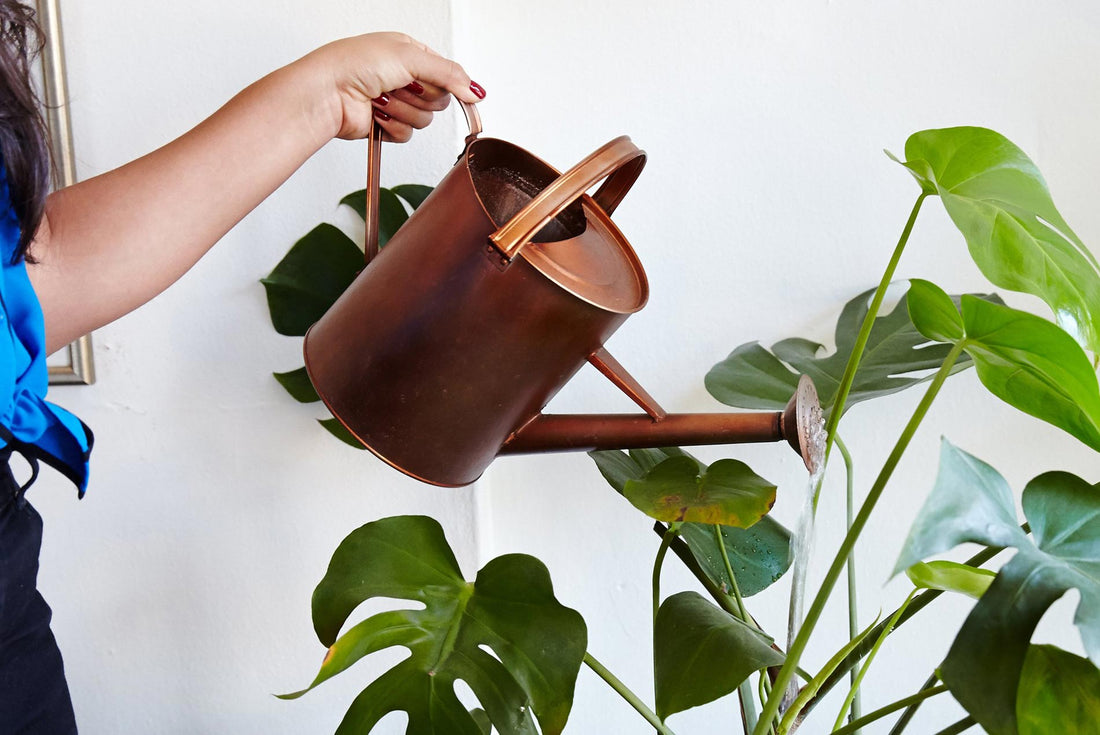
Common Care Questions
Signs of Overwatering Your Plants

How do I know if I’m overwatering my houseplants?
It’s easy to want to give your plant babies too much love and attention — but did you know overwatering is the most common way to kill a houseplant? If you spot any of the symptoms below, put that watering can down and repeat after us: less is more.
How do I know if I’m overwatering my houseplants?
Overwatering is a relatively easy mistake to diagnose, and many symptoms of overwatering are unique to it. When diagnosing a sad plant sign, it’s important to look at the plant as a whole, and not just the plant part that's negatively affected. Although we think of overwatering as just adding too much water to a plant's potting mix — what’s really going on is that the surrounding soil is not drying out fast enough. It may very well be from too much water (and most commonly is), but it may also be from not enough natural sunlight. If you water a plant with the appropriate amount of water, but it doesn’t get enough sunlight, then the potting mix will stay moist, and the plant will be effectively overwatered. A good strategy for combating that is watering in the morning hours. Learn more about how time of day impacts watering here. And, if your home needs a boost of natural sunlight, consider adding a grow light.
The first thing you should do, when diagnosing an overwatered plant, is to feel the plant's potting mix! Feel the mix a few inches deep. If it feels moist or wet, it is most likely overwatered. Another sign of overwatering can be fungus gnats. Fungus gnats feed on the fungi that show up in moist environments. They proliferate when the soil stays too wet for too long. But don’t fret — you can get rid of them. Learn more about fungus gnats here.
In addition to signs like wet potting mix and fungus gnats, the lower leaves of your overwatered plant will start to turn yellow, and then you may even see blackening at the base of said plant. If you see base mushiness or rot, it may be game over for your plant depending on the variety, so try to catch it early.
The best way to keep a plant from being overwatered is to give the plant water only when the potting mix is dry — and to give it enough light and warmth to help dry out efficiently. It is definitely easier to overwater a plant in a non-draining container, so consider repotting to a planter with drainage holes (or add a layer of lava rocks to the bottom of a container within holes).
P.S. Learn more about watering your houseplants here.

Words By The Sill
Empowering all people to be plant people—a collection of articles from The Sill's team of plant experts across a variety of plant care topics to inspire confidence in the next generation of plant parents. Welcome to Plant Parenthood™.
Do Some Plant Shopping